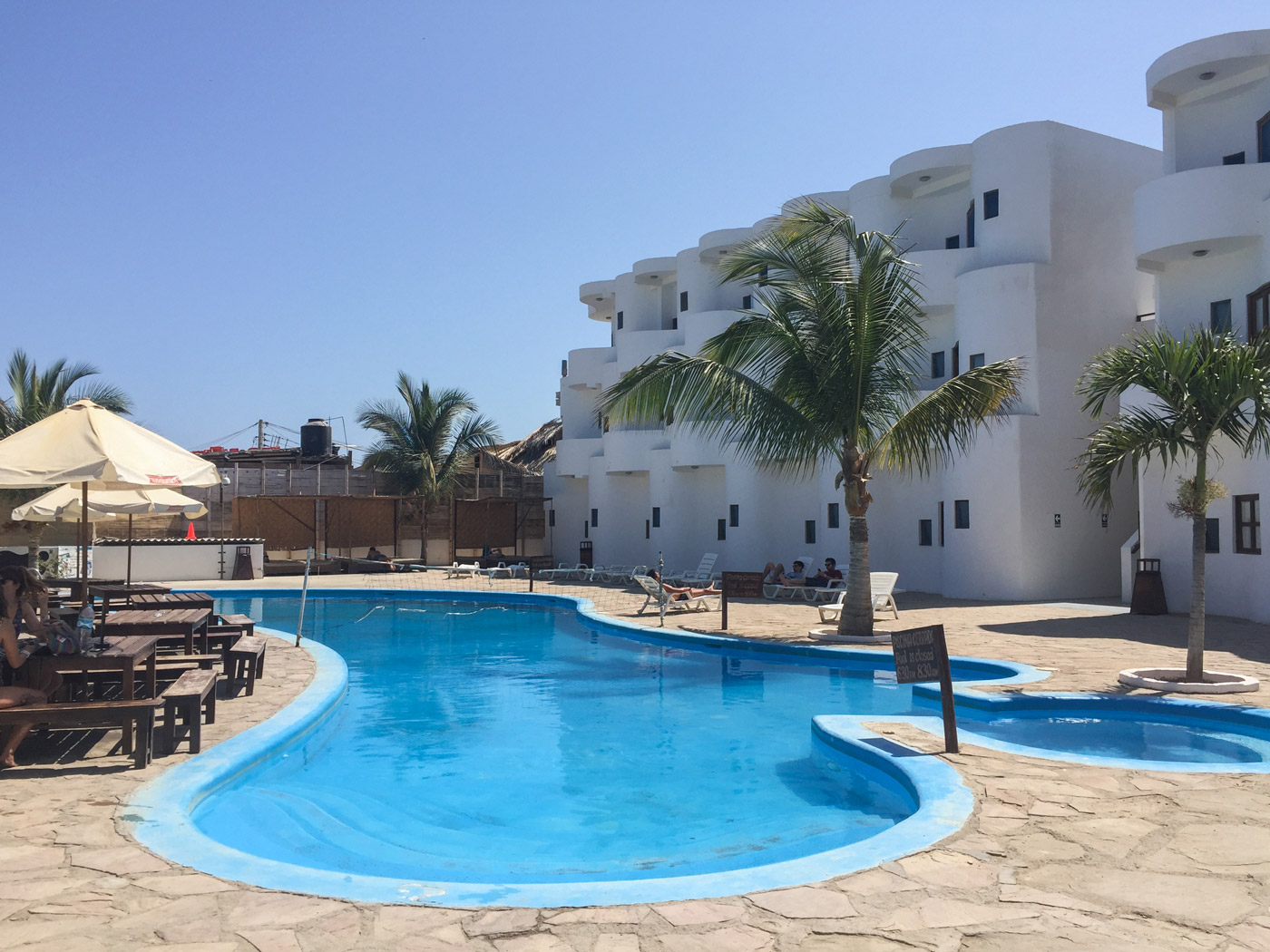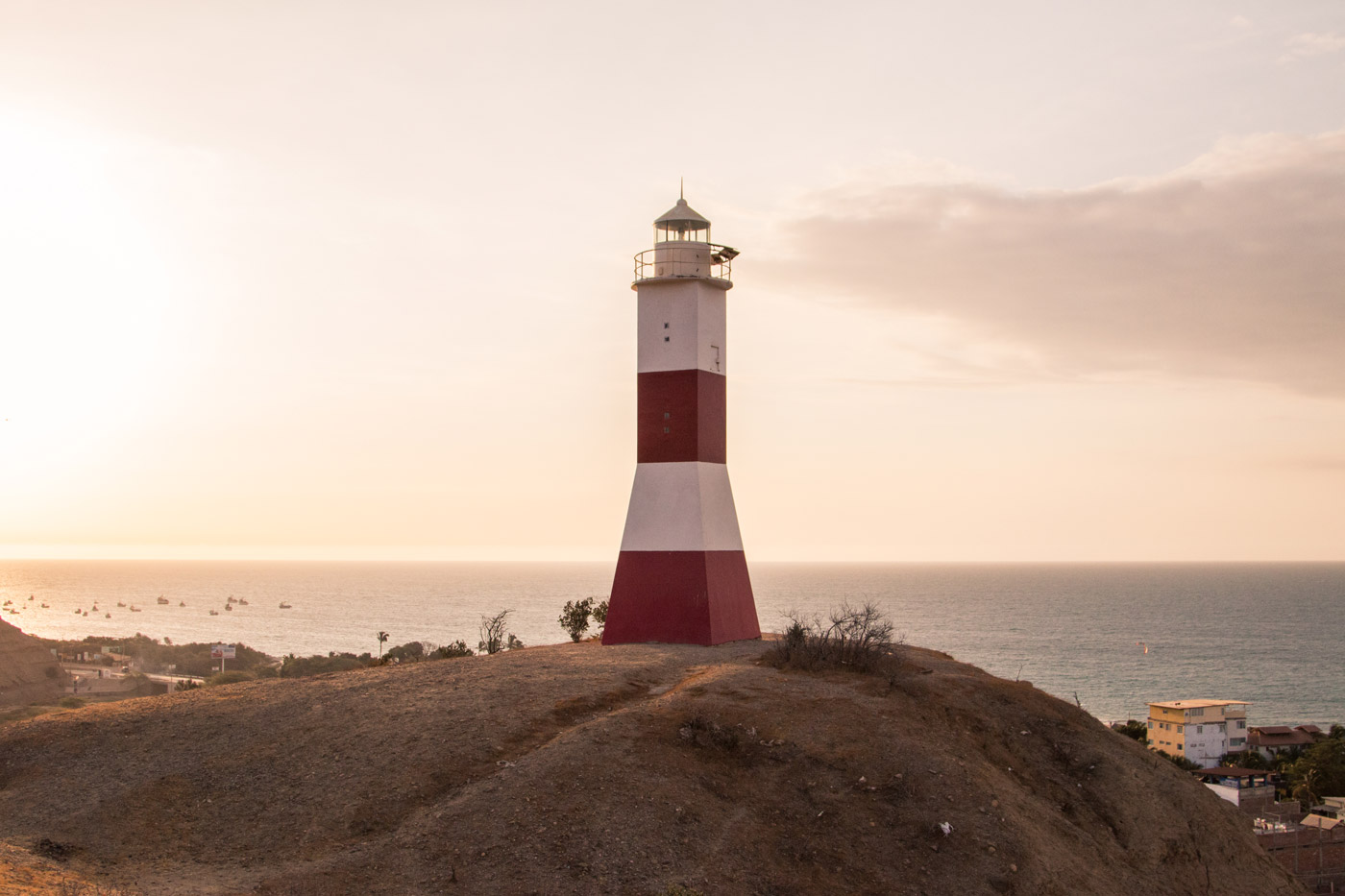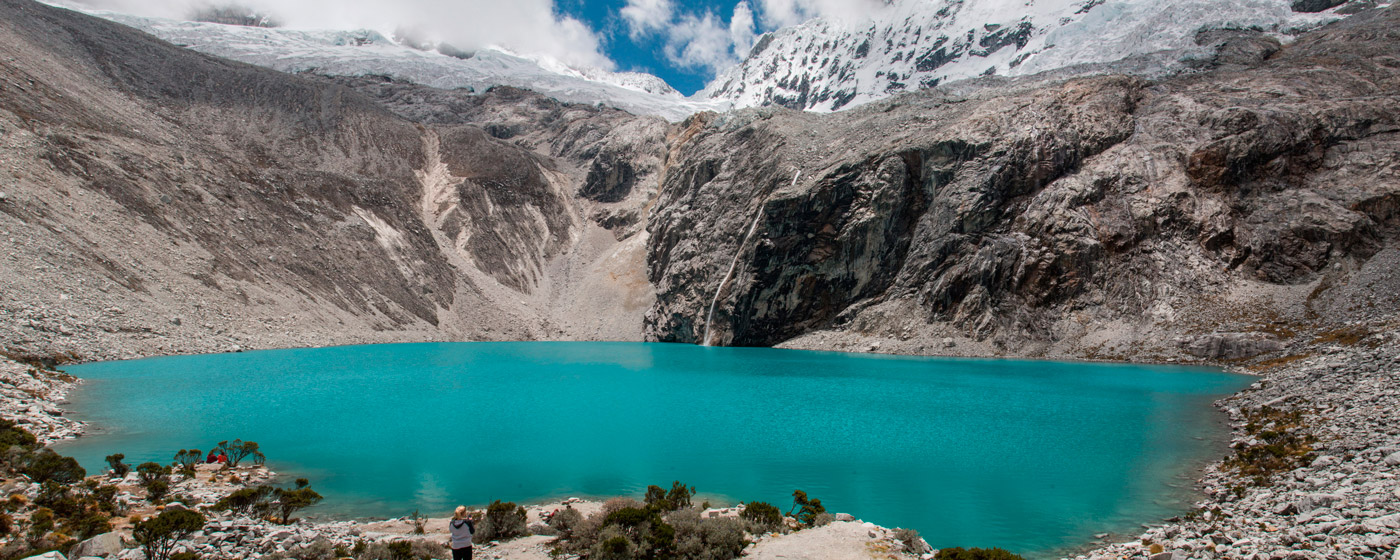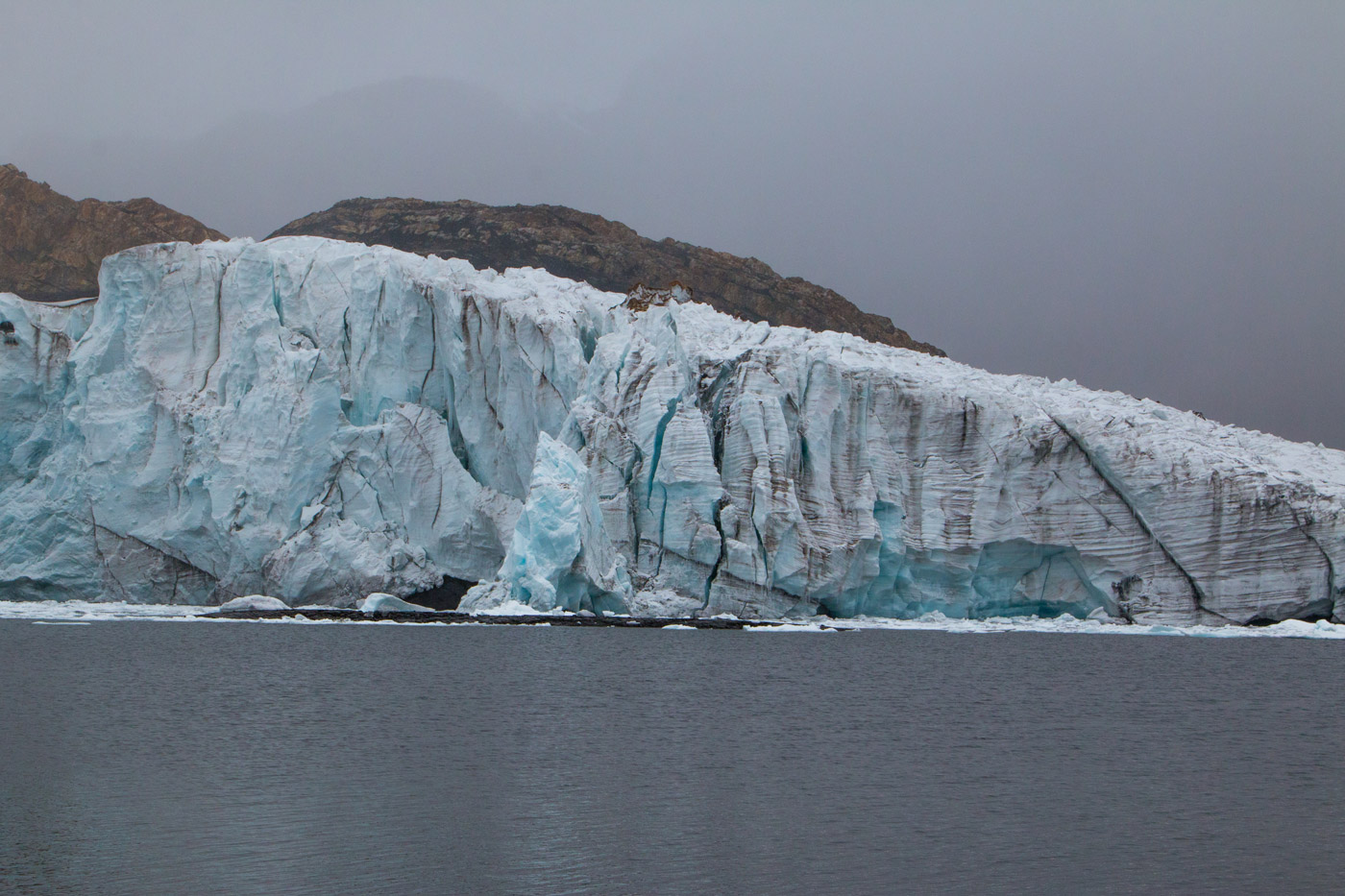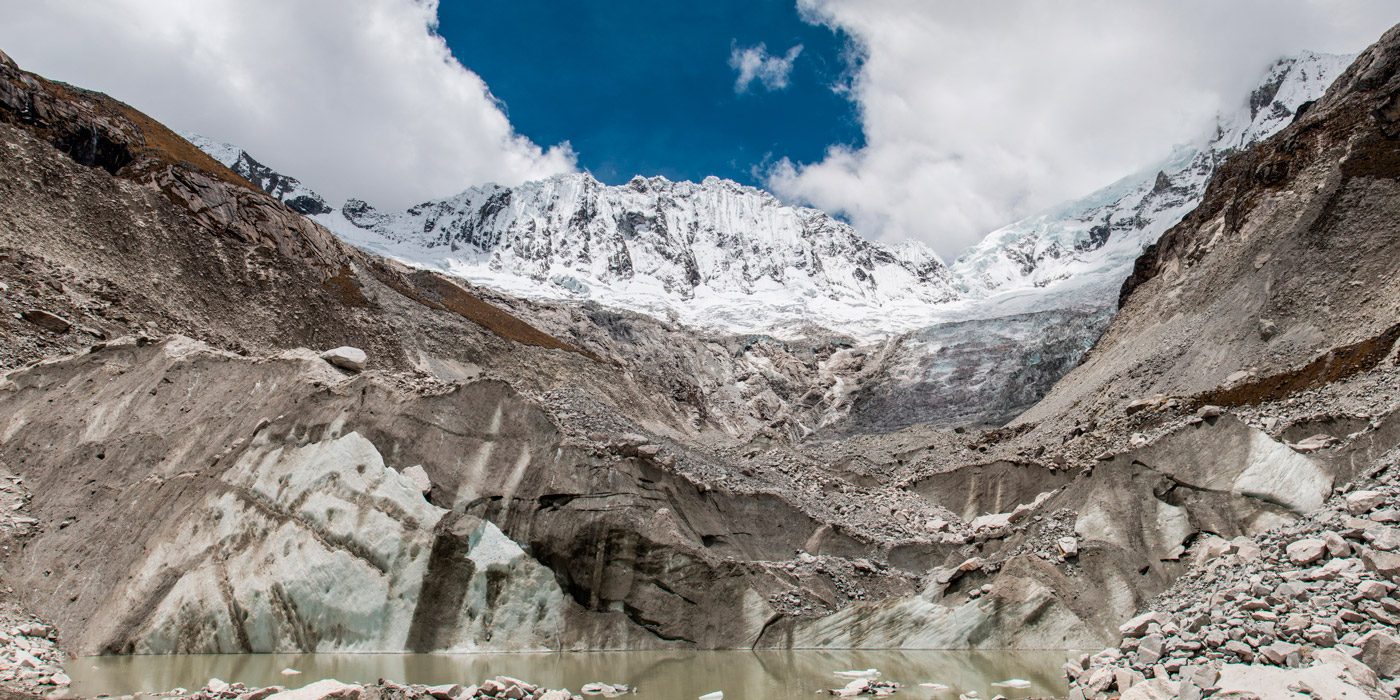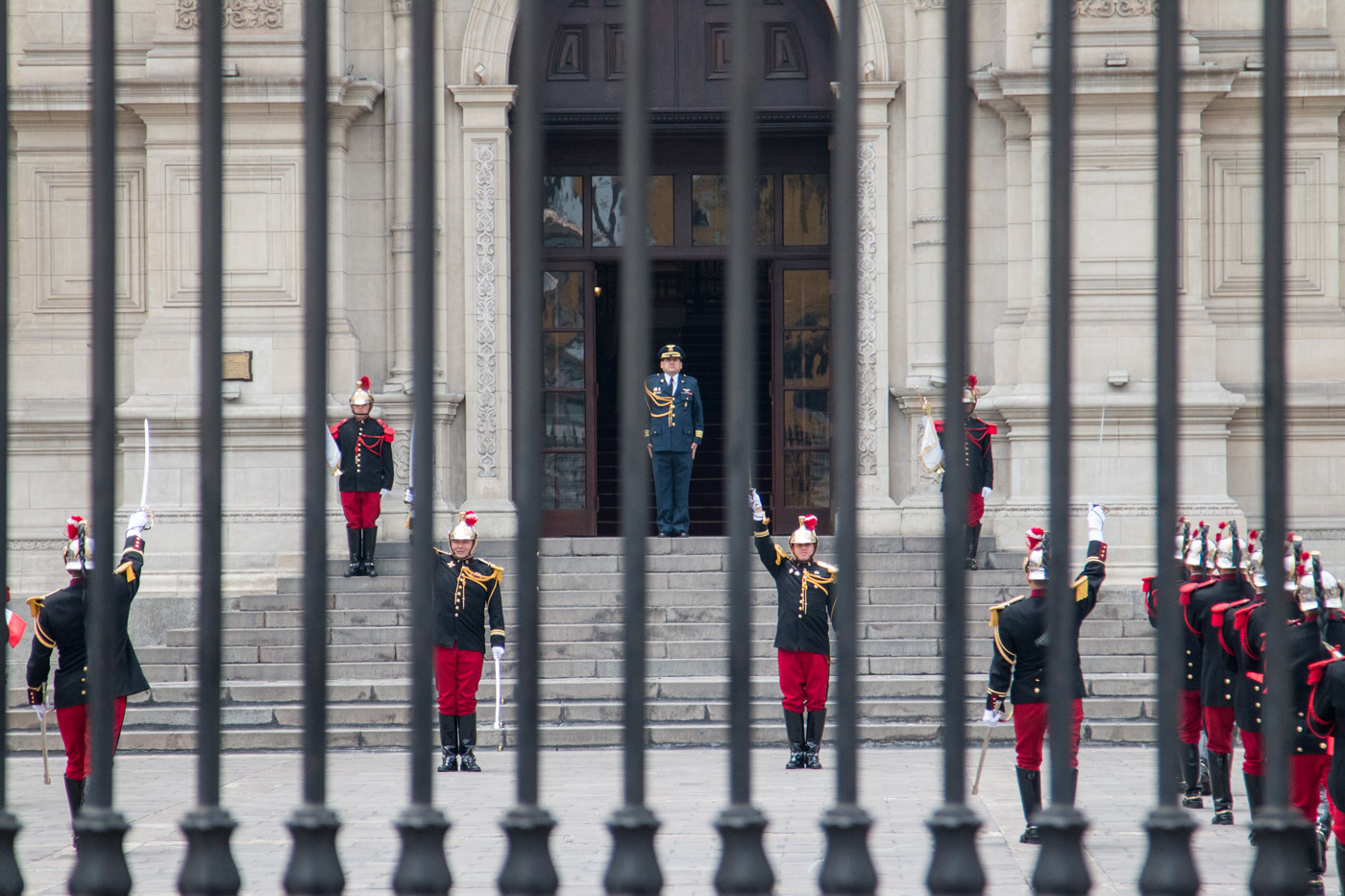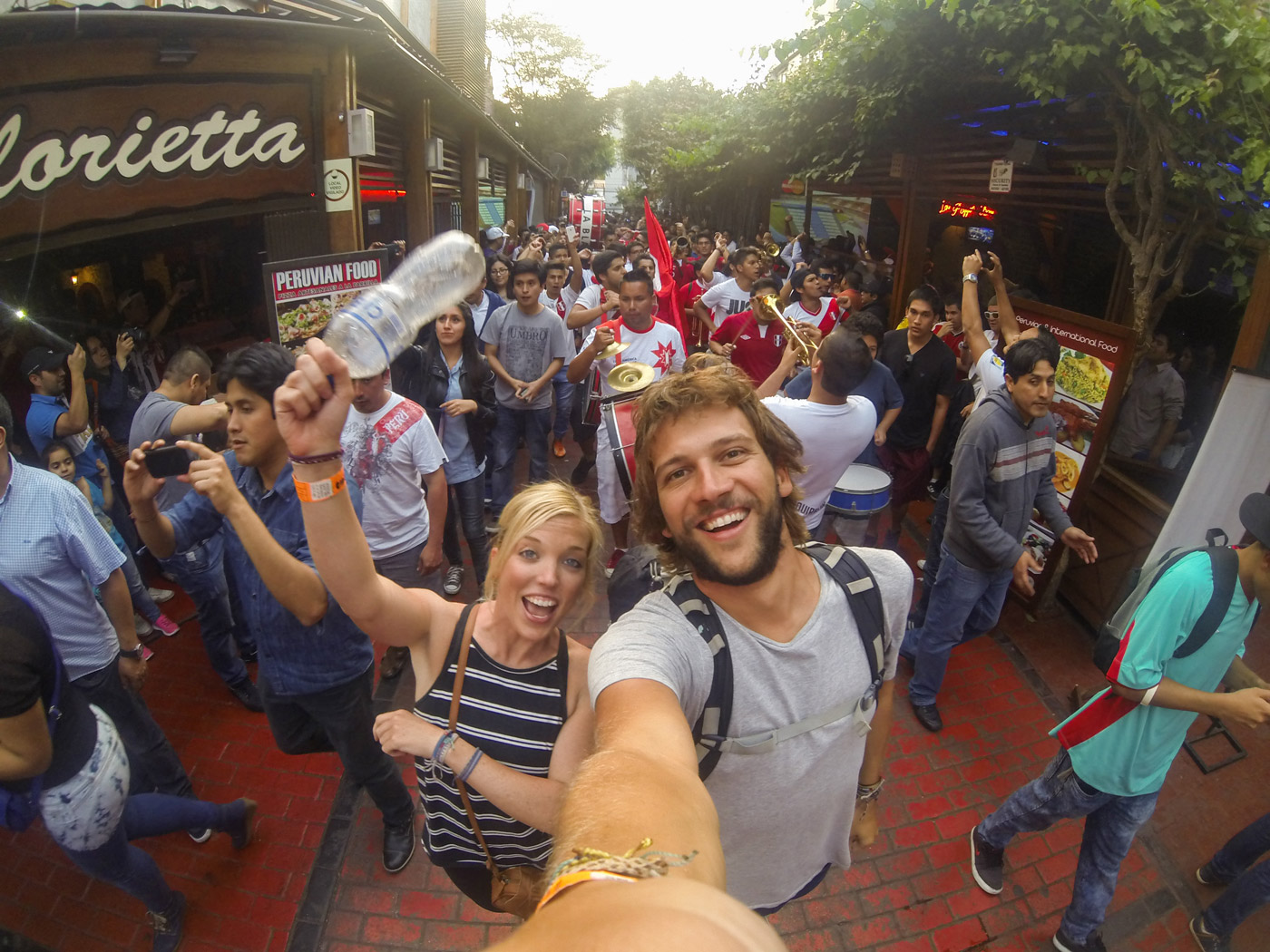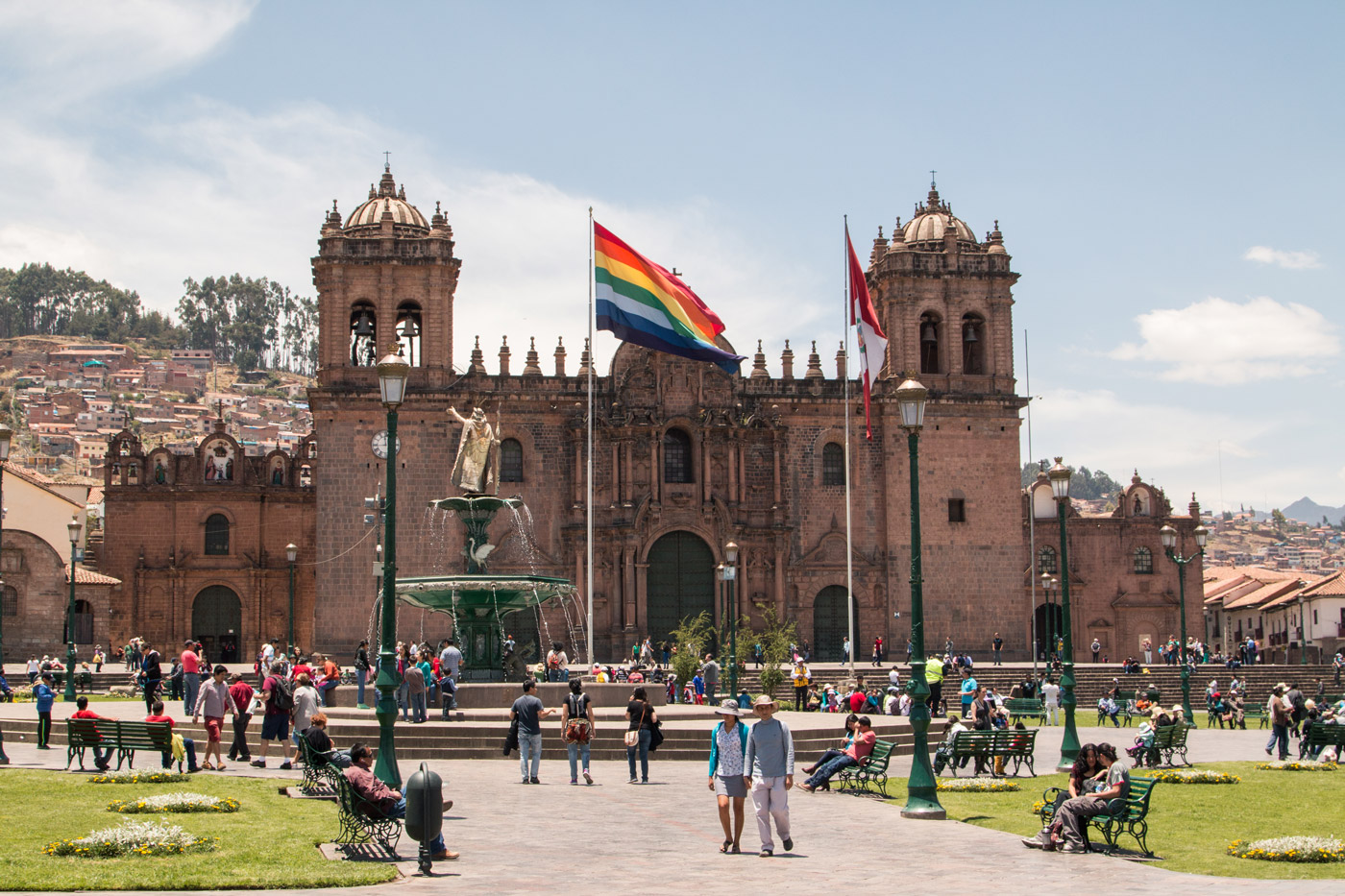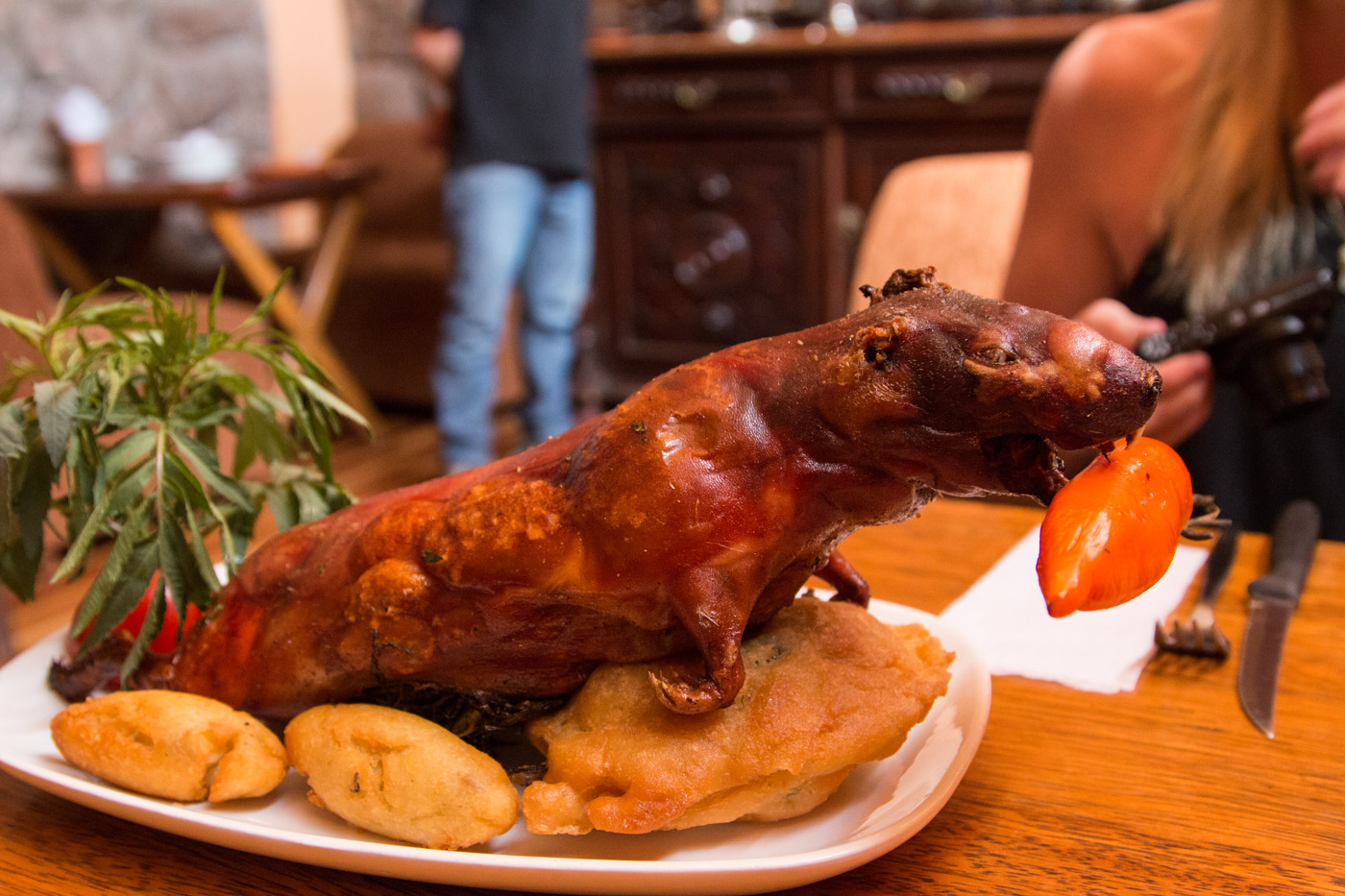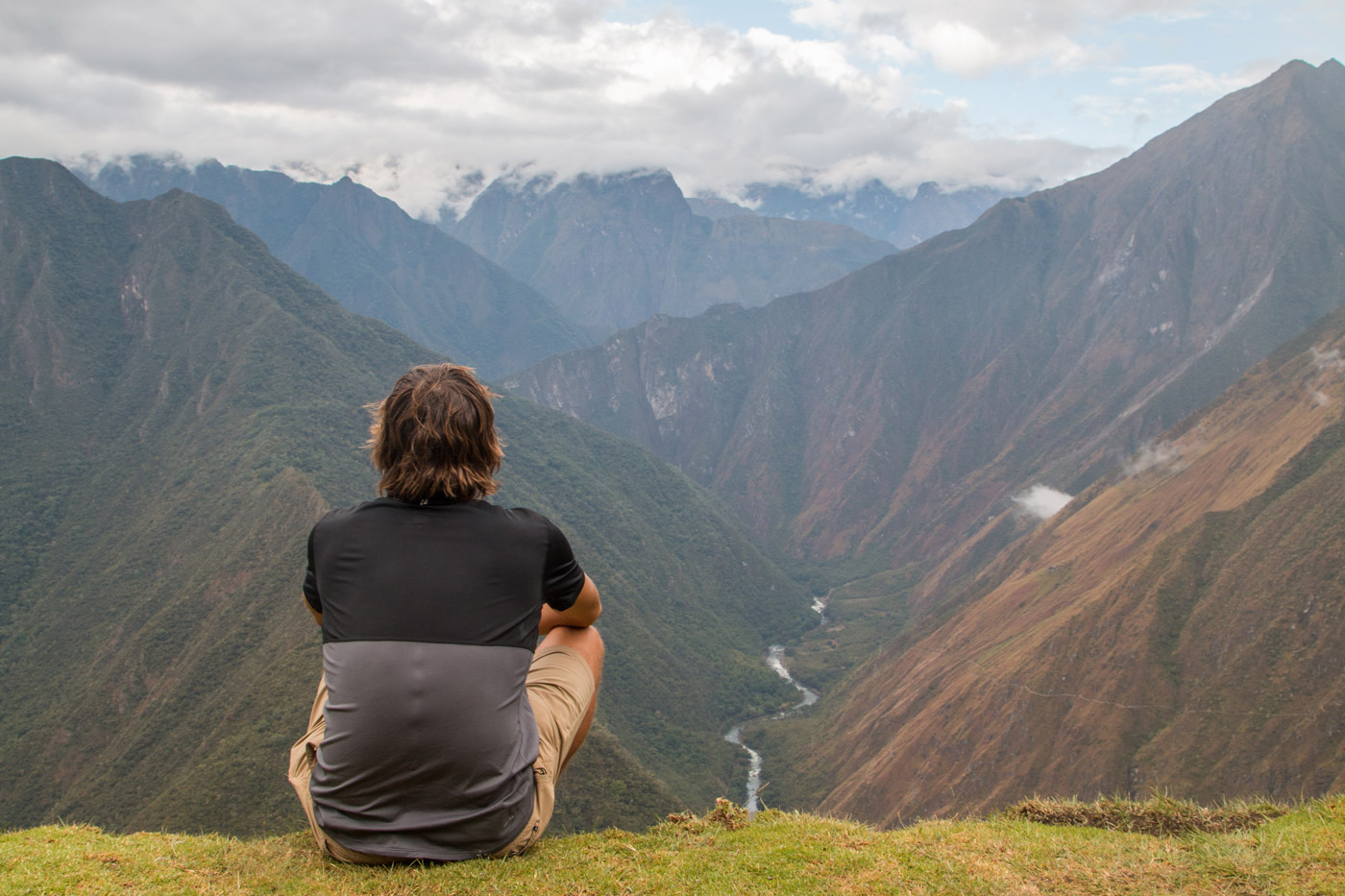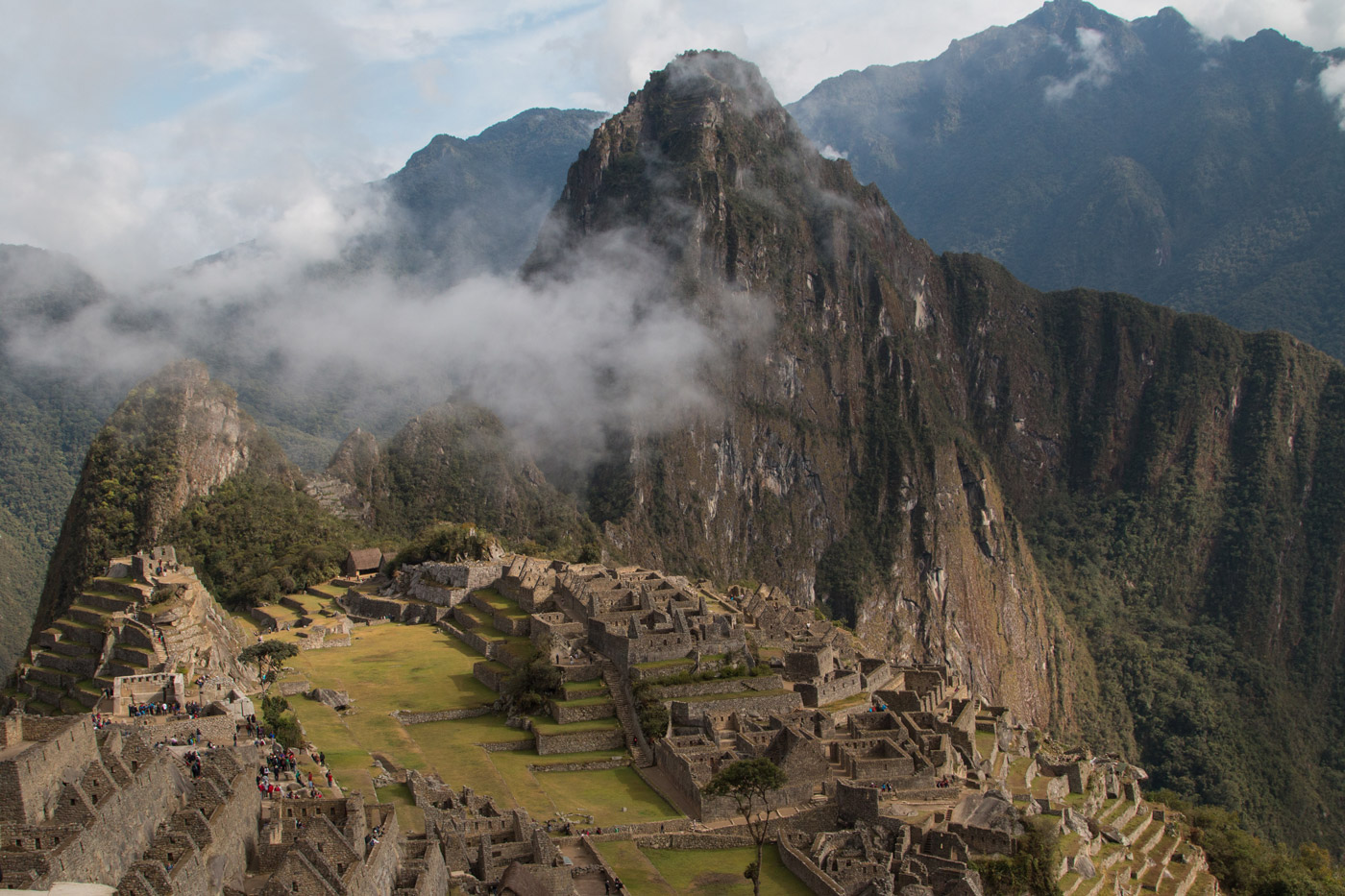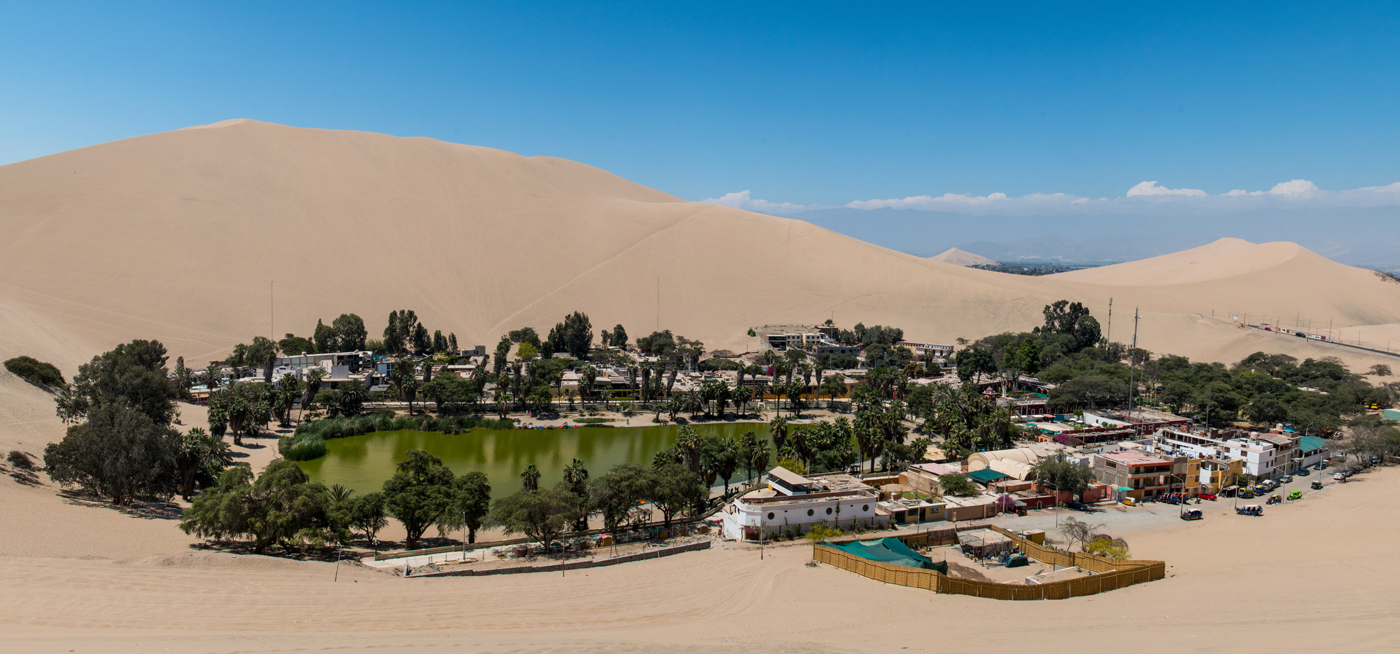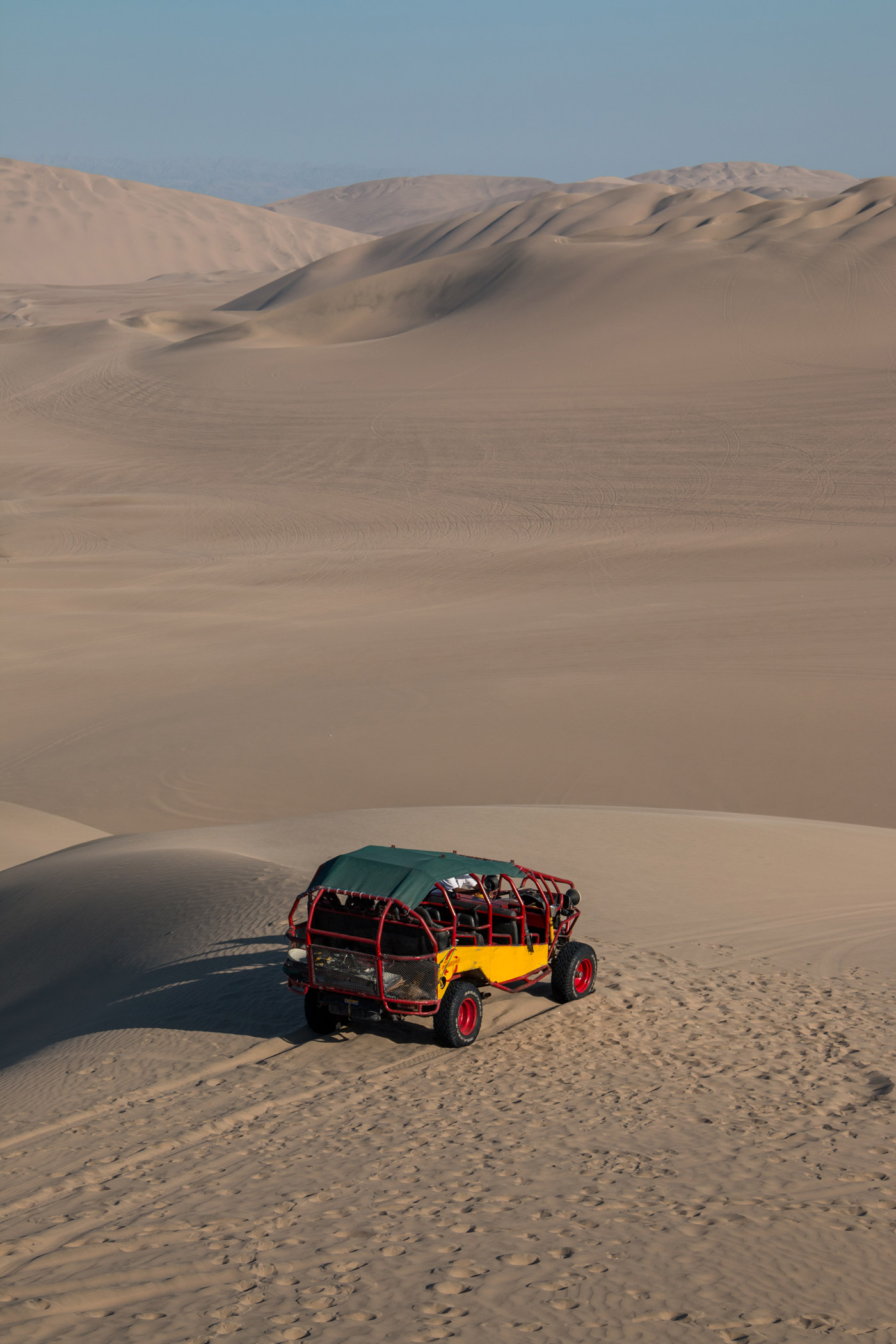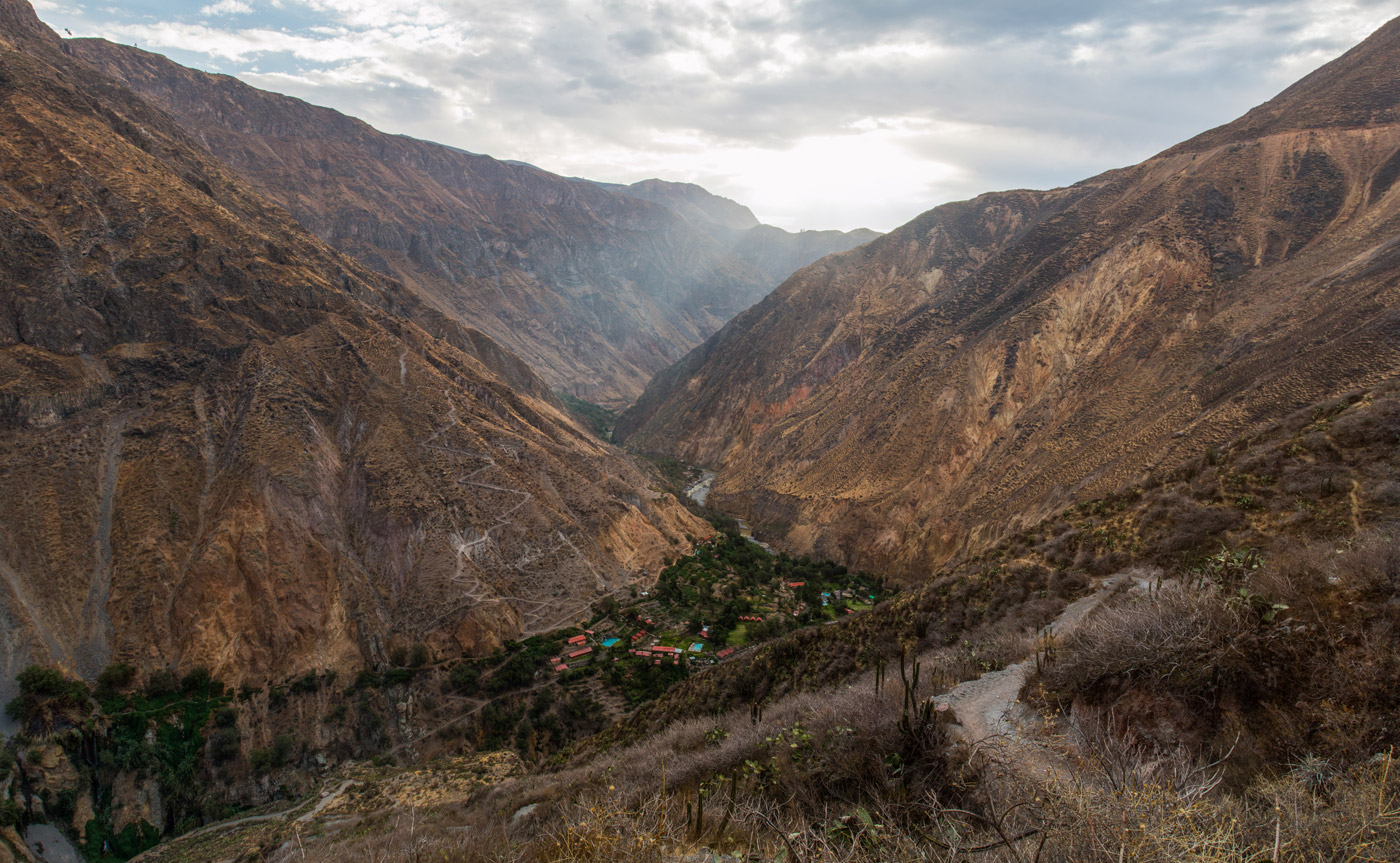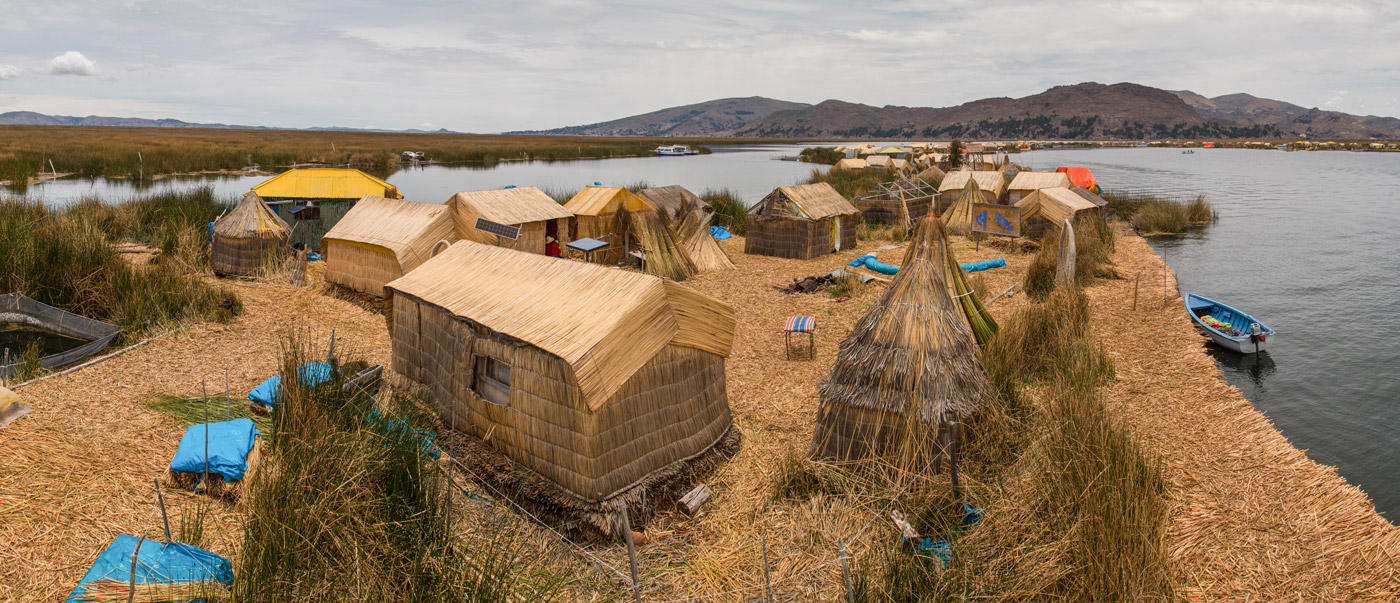The bus rolled into Mancora, Peru at around 4am and we made our way to the hostel with the help of a tuk-tuk driver. Not having slept much on the bus we grabbed a few more hours before surfacing to see the place in daylight for the first time.
Loki was more resort than hostel with rooms overlooking a large pool, hammocks and an outdoor bar. The hostel backs onto the beach, and with a reported 300+ days of sunshine a year and nothing much else to do in the town, Mancora was the perfect place to relax by the water at what might be our last time on the coast for a while. The reputation for being a big party hostel proved true with daily hangovers meaning we weren’t capable of doing much else anyway. Pool volleyball and laying in hammocks was about as strenuous as it got and were great hangover cures until it was time to start again.
We had a great time catching up with Ben, a friend we had met on my birthday back in Panama who was now conveniently working at the bar. During the daily, and nightly, organised activities we got to know many of the other staff and always had someone to pour us a strong drink and party with until well after all the bars had closed.
Slushie Sunday and Monday’s Flipcup night were both popular with the latter having nearly the whole hostel participating with the two large teams facing off along either side of the tables. To her credit, Lauren did surprisingly well but our team’s combined success would soon be her downfall and she was forced to cut her night short after skulling one too many strong drinks and not only missing out on the whole hostel dancing on top of the bar for the rest of the night but writing off most of her next day also… Poor Lauren…
With our bus not leaving until 10pm we had the whole last day to sit by the pool and enjoy the sun. Late in the afternoon we decided to walk uphill to the lighthouse to watch the sunset over the water before returning to have some dinner and get changed for our overnight bus on to Huaraz.
Huaraz
As a result of some poor information from the bus station in Mancora the trip turned into a long multiple bus ordeal. On arrival in Trujillo at 8am, after our overnight bus, we discovered that the next bus out to Huaraz would not be until midnight. With the help of a friendly taxi driver taking us between bus company offices, some quick thinking and now ‘OK’ Spanish skills we found a bus to another town, Chimbote, 2hrs away that would at least get us closer and then from there were fortunate to find a bus to Huaraz that was 20 minutes past its departure time but was yet to leave the bus station.
Huaraz lies in the central Pervian Andes 3050m above sea level, 820m higher than the highest point in Australia, and high enough for us to immediately notice the altitude when walking around town with our backpacks on. After checking in to a hostel we walked around town trying to acclimatise, and booked in some day trips for the following days.
The hike to Laguna 69 was breathtaking, literally, with the altitude making the otherwise moderate hike a struggle. The 4600m elevation had us breathing heavily and our hearts pumping, forcing us to take regular breaks until we felt better only to walk 10 steps and want to stop again. Headaches and dizziness were soon forgotten when we reached the lake with its incredible turquoise water, dramatic backdrop of snow capped mountains and a waterfall dropping straight into the water. Continuous sounds of cracking ice echoed around us as we sat on the waters edge for some much needed rest and food as our guide brought around coca tea which was great both for our headaches and cold hands.
The following day we took off on another day trip, this time to Pastoruri glacier. Whilst it did not involve anywhere near as much walking as the day before, the path reached heights of 5000m making breathing difficult as we made our way up the gradual hill. Lauren and I opted to walk rather than take the easy way out and get a ride on a horse and were impressed with ourselves as we passed many groups struggling along the way. On reaching the top it was bitterly cold and started snowing almost immediately as we took photos of the impressive blue looking glacier. Risking a cold and uncomfortable ride home for the sake of a good photo, we took turns balancing on a floating block of ice in the lake.
Activities in Peru were surprisingly cheap and as if hiking at altitude in the Andes wasn’t challenging enough we decided to give ice climbing a try. The tour agency had said that they needed a minimum amount of people and at that time of year there aren’t as many tourists around. I enquired about going anyway with just the two of us and was told “umm yea, I guess but it will be too expensive as it will just be you two and the guide”. Turns out expensive was only $69 each and that included all transport (3hrs each way), climbing equipment, boots, crampons, axes, harness, helmet etc. We decided to jump at the chance, thinking when are we ever going to be able to try this again for that cheap.
Already nervous about climbing, the drive up the mountain did nothing to boost our confidence as the car made its way up the bumpy, windy and sometimes crumbling single lane “road” with a sheer cliff drop down one side. As we arrived at the ice wall it was reassuring to see our friendly guide set up all the necessary ropes as well as attempt to clear rocks and ice from the top of wall the best he could. Despite it being cold in the mountains with snow and ice on the ground the heat from the sun can be intense and with parts of the Peruvian Andes ranging from 3000-6000m above sealevel it’s very easy to get sunburnt. As we’ve discovered, the countries in Central and South America are not always a stickler for safety and as it got later in morning the sun began melting the ice higher up sending ice and rocks tumbling down beside us. The altitude made an already difficult activity harder but with the help of an ice axe in each hand and the spikes from the crampons on our feet we both managed to get to the top of the wall without incident before abseiling back down. Behind the ice wall the clouds lifted to reveal an amazing mountain backdrop and being the only ones there we stopped to take photos before making the long trip back to Huaraz.
Lima
The lady in the bus station had said the very front seats on the second level of the bus would give us panoramic views on the trip to Lima. Whilst there were some amazing views it made it difficult to relax when you can see everything that is going on in front of you and just how much time the bus spends on the wrong side of the road with oncoming traffic. The majority of the trip was through desert, with sand and hills as far as you could see in every direction. We made it to the coast and continued south on a road built into the side of the sandy mountains with a huge and unforgiving drop off the side to the waves below and no guard rails to even slow us down. There was machinery moving sand that had blown across the road but it was wasted effort as it was just as bad 100m down the road and was covering the road quicker than they could move it.
Given everything we had seen in Peru so far had been basic besser block housing in either snowy mountains or sandy desert we were surprised at how modern the city of Lima was. It had international brands, shopping malls and fancy apartments, and was regarded as a foodie hotspot with quality restaurants and bars of all types of cuisine.
We took a walking tour around the downtown historical district and enjoyed talking to the young guide who had just started the company and was trying to get it off the ground with a couple of his friends. They had the tour timed perfectly so that we would end up in the square to watch the changing of the guards relieved of their post in front of the Presidential Palace. Remarkably, I was the only one amused to hear they played the Carlton Draught, “It’s a big ad” song for the routine…
Beneath the San Francisco Cathedral we took the Catacombs tour, where 25,000 privileged bodies were buried up until the 1800s when the cemetery was built. The bones beneath the cathedral are preserved still to this day and after being recently discovered are now placed eerily on display.
Walking the streets of Lima one afternoon, we came across a street filled with locals watching the Peru vs Colombia World Cup Qualifier. South Americans go crazy for their football (soccer) and all the bars had their TVs facing the street so that the packed crowd could see. The fanatical fans had flags, trumpets, horns, and by last count five drum sets as they all sang and chanted constantly throughout the game. The atmosphere was incredible and despite most other tourists watching from a safer distance we decided to join in. Before long they got us involved giving us each big flags to wave over the crowd and asking where we were from. I even got interviewed on camera by a TV reporter covering the mayhem during the game, though I could barely understand a word they were asking. Unfortunately Peru lost the game, but you wouldn’t know that from the crowd as we got swept up in the singing and dancing as it spilled out on to the street blocking three lanes of traffic and causing havoc for the police. I can’t imagine what it would’ve been like if they had won. We made some friends in the crowd and they invited us to join them at a pub to watch the Chile vs Brazil game that was playing next with some more passionate Chile fans. One of the Chileans, also named Daniel, was even nice enough to offer us a place to stay when we eventually reach Santiago.
We had booked the Inca Trail more than eight months earlier to avoid missing out on the limited number of trek permits for the world famous hike. This meant we had a deadline to make it to Cusco and decided it would be best to get a bus straight from Lima so we had more time to acclimatise and would return back to the places in between afterwards. We were dreading the 21hr bus trip from Lima, with it being our longest bus trip to date. We chose one of the more expensive companies, Exclusiva, figuring it would not only be our transport but our nights accommodation. Turns out the bus was amazing! We both got at least 9 hours sleep and I didn’t even get through all the things I had with me to do as the trip went so quick. The leather seats reclined into lie-flat 180º beds, and with only three seats across they were much wider too. We had individual TVs, blankets, pillows and a meal service delivered by a hostess. I didn’t want to get off…
Cusco
Cusco was the historic capital of the Inca empire from the 13th into the 16th century and declared a UNESCO World Heritage site in 1983. Today it is the most popular tourist destination in Peru and is ideally located close to Machu Picchu and many other Inca sites in the region.
The walking tour of Cusco the next day covered a lot of ground around the city as we were lead through the markets, and various plazas learning about the many Inca structures still standing within the city today. The tour finished up in a bar with a demonstration and tasting of Pisco sour with a fantastic view overlooking the city.
We’d read that San Pedro markets are a must when visiting Cusco, and whilst they are not a typical tourist site they are an authentic look at everyday Peruvian culture with hundreds of locals going about their grocery shopping. The ladies in the juice aisle all called for our business as we made our way into the market. We chose to sit down at a friendly and smiling woman and selected multiple fruits for a cheap and delicious made to order juice each. We walked around spotting all the strange and entertaining goods in the markets from cheeses, clothing, toys, flowers and chocolates to quinoa, different coloured corns and many varieties of potatoes. Traditional rituals and practices are common throughout these countries and it was confronting to see many dried llama fetuses hanging from the market stalls as offerings to Pachamama (Mother Earth).
Despite having walked through the meat sections of many markets in our 7 months in Central and South America it is always a horrifying assault on all the senses and definitely not high on my list of places to visit with a hangover. Anything from beef, chicken, fish or pork sits out in the hot sun, uncovered and unrefrigerated. It seems nothing goes to waste with all sorts of animal parts for sale that you do not normally see in your local Coles, Woolies or butcher back home. Heads and bodies belonging to chickens, pigs and skinned cows lay alongside hoofs, testicles, ears and any other body part mostly cut up on site. We convinced ourselves that the food we eat in the local restaurants must come from a much more hygienic place…
Still, this didn’t deter us from eating and we went off to try Peru’s local specialty, Guinea Pig. Locally it is referred to as Cuy, pronounced “kwee”, apparently after the noise it makes.. We’re told that Guinea Pig is traditionally eaten for special occasions such as birthdays and anniversaries due to it being expensive and the Peruvians love it. Opting for the more traditional roasted style we waited the required one hour preparation and cooking period with the time unwisely being spent making Guinea pig sounds and actions with my hands. By the time the meal was ready these sounds had put me off so it was horrifying to see it come out whole, complete with head and teeth still intact. The kitchen had dressed it up with a chilli in its mouth and tomato on its head and we posed for photos before the restaurant took it away to cut it up for us. The way I saw it, you can put lipstick on a (guinea) pig but it’s still a (guinea) pig… Unsurprisingly there was barely any meat on it, and the meat that was there could maybe be likened to dirty, grey chicken. It was hard to not think about eating a rodent/pet but between us we managed to get through it. At the end of the meal we were each given a strong aniseed flavoured alcoholic shot claiming to help with digestion but the taste led me to believe it could be to kill bacteria.
We joined a day trip from Cusco out to the nearby Sacred Valley and found the guide’s knowledge on the Inca period fascinating in our lead up to starting the Inca Trail. The things they accomplished in this time without modern day tools and science were incredible. Aqua ducts gravity fed water from the mountains to the villages and terraces were built into the steep mountains to control erosion and grow all sorts of crops and vegetables by simulating different climates at each level.
Peru is the home of quinoa, originating in the Andean regions, it has been consumed in these parts for at least 3000 years. Not just for the health conscious hipsters back home, it is a staple ingredient in homes throughout the country and is of course far cheaper than what we are used to paying back home. We were surprised by both the variety and quality of food across Peru. Sure they are home to over 3000 different varieties of potato meaning nearly every meal included it served in at least one form, but we attempted to try as much of the local dishes as we could. We had success with both alpaca and llama steaks, quinoa soups, alpaca burgers, lomo saltado (beef stir fry served with chips and rice), causa (cold yellow potato stack typically filled with avocado, tomato and chicken), aji de gallina (spicy creamed chicken) and rocoto relleno (spicy chilli pepper stuffed with a meat filling).
Wanting to relax in the lead up to the 4-day Inca Trail trek we signed up for a local cooking class which had us once again visiting the markets to buy ingredients before returning to the kitchen to prepare. We made our own pisco sour cocktails, quinoa soup and rocoto relleno. All the meals were great and we took note of the recipes in the hope we could attempt them back home. We may be biased but we both thought our pisco sours were the best we had tasted so far in Peru.
Inca Trail
The Inca Trail to Machu Picchu is the most famous and popular trek in South America. Located in the Andean mountain range the four day, three night trek had us walking 45km and reaching heights of 4200m through Dead Woman’s Pass as we made our way up and down the same stone mountain paths that have been used since Inca times, some 550+ years ago. Our guide was on his 158th trip and knew every turn, step and hill on the whole trail. His experience and knowledge was invaluable not only in advising you what type of terrain to expect up ahead but in providing us with history and information every step of the way. The porters accompanying us were unbelievable. For only 11 hikers we surprisingly had 16 porters, including 2 chefs, ranging in age from 22 to a staggering 57 years old. It was difficult to complain about sore legs or a heavy bag when these guys are each carrying huge 25kg backpacks and running past you to get to the next camp. We would leave the last camp or lunch spot with it still all set up and yet they somehow managed to beat us to the next stop, have everything set up before we got there and still clap us in as we arrived as if we were the ones that deserved it. They carried everything from our tents, sleeping bags and mattresses to all our food, cooking equipment and even a gas bottle, chairs for everyone and a dining table. Our camp included a tent for every two people, a kitchen tent, dining tent and a toilet tent, all of which were set up and packed up multiple times a day at an impressive speed. During the introductions we were shocked to learn that on completion of the trail they return straight to the start to go again due to not being able to afford a hotel in Cusco. They continue these back to back treks for a month or two at a time before taking their hard earned money and returning to their families in the countryside to work on their farms. Despite this hard work this was a good job in an area where there are not many other opportunities and they were all smiley, happy and friendly towards us, albeit shy. Their company, Peak, ensured they looked the part with uniforms, proper hiking boots, good quality backpacks and even specific chef uniforms and a waistcoat for our waiter.
The chefs ensured we never went hungry with breakfast, lunch, afternoon tea and dinner provided every day as well as a box of snacks passed around in the morning for that days walking. Considering it was cooked in a tent in the middle of nowhere and on a small camp stove the food was very impressive and we had everything from fish, salads, pumpkin soup, eggs, pasta, rice and steak to daily fresh popcorn for afternoon tea and dessert including a freshly baked apple pie.
Coca leaf based products are traditionally used throughout the Andes as a natural remedy for altitude sickness and to also help overcome fatigue, hunger and thirst. Its use is considered sacred within indigenous cultures and believed to date back to earlier than the Inca period. Colombia, Peru and Bolivia are home to more than 98% of the world’s coca supply and it can be found in most supermarkets or stores within these areas in many forms, such as tea, hard candies, soap, biscuits and even beer. We always had a handful of hard coca candies in our pockets or bag during high hikes as a quick temporary relief. After spending a month in Colombia it was not news to us that this controversial coca leaf, even in its raw/natural form, is strictly prohibited throughout most of the world due to its use in the production of cocaine. Despite coca chewing and the drinking of coca tea being carried out daily by millions of Andean people the quantity of crops far outweighs this demand and the vast majority is unaccounted for, instead destined for the highly profitable illegal market.
Each morning we were woken by our friendly porters and served coca tea right to our tent door. We got quite used to the taste and welcomed the tea in the cold, early mornings in preparation for the big day of walking ahead. Towards the beginning of the trek I also purchased a bag of coca leaves for myself to chew throughout the walk and found it helped worryingly well in suppressing my hunger, thirst and exhaustion. I’m not sure whether my fitness had improved from all the recent hiking, I had spent enough time at even higher altitude that I was used to it, the coca leaves were at play, or maybe a combination of the three but for all the worry about the difficulty leading up to the trek I found it easier than expected.
The group woke early on the final morning to make sure we were near the front of the line at the last checkpoint waiting for it to open. Once it opened we all power walked to a near jog for the next hour and were rewarded for our efforts by being the first group to make it to Sun Gate. It was a great feeling of accomplishment to make it over the last hill, hot and sweaty and seeing the site of Machu Picchu for the first time having walked 4 days to get there. We sat and enjoyed our packed breakfast, admiring the view fortunate to have it unobstructed by fog. As we made our way closer the sun rose from behind the mountains and illuminated the ruins for that glowing postcard shot.
Entering Machu Picchu dirty, smelly and exhausted we passed many clean people that had came on the train for the day. We all smiled to ourselves and in an odd way felt as if, unlike them, we had earned it.
Our guide gave us a tour of the site before we had the rest of the day to roam around ourselves. When we were done exploring Lauren and I found a nice, quiet grassy spot overlooking the ruins and sat down to enjoy some snacks and a rest. We eventually got a bus down the mountain and into the nearby town of Aguas Caliente to meet back up with the group for a well earned beer and meal before getting the train back to Cusco.
Leading up to the trek we had expected a tough four days of walking just as a means of getting to Machu Picchu, instead we were surprised to discover an amazingly scenic walk through picturesque mountains and deserted Inca ruins only accessible to those on the Inca Trail. I’d almost go as far as to say that I enjoyed our time on the trek more than the world famous ruins themselves.
The next day, back in Cusco and after a much needed sleep in we finally took up one of the many offers by local women in the street for a massage, jumping at the chance to treat our sore legs.
Huachachina
Not wanting to ruin a good thing, we took another overnight bus with the same company and slept most of the way from Cusco to Huachachina. On arrival, we were amazed to finally see the unusual sight. Sitting in the middle of the desert with sand dunes stretching as far as the eye could see was Huachachina, an oasis complete with palm trees and a watering hole.
Buggies sat idle throughout the town, their owners ready and waiting to take you charging into the dunes. The faint noise of buggies could be heard racing through the surrounding desert and the whole sight was like something out of Mad Max.
We signed up for sand boarding and jumped aboard a buggie with a few more passengers and took off driving madly through the dunes, stopping several times to get the boards out of the back and going flying back down the steep sand hills either headfirst or standing up. What I would’ve given to be able to drive one of those buggies let alone own one!
Arequipa
Heading south, our bus got into Arequipa well past midnight and we took a taxi straight to the hostel and climbed into bed. The following morning we explored the town, finding the Juanita Mummy exhibit showcasing the extremely well preserved 550 year old body of a young girl thought to have been killed as an offering to the Inca gods. Found high up in the Andean mountains in 1995, the thin air and cold temperatures are believed to have preserved her so well that the body amazingly still had clothing, hair, skin, organs and even blood.
Not done with hiking, we booked a trek through Colca Canyon and woke up at 2:30am to be picked up for the early morning start. The transport van crossed through the mountains at high altitude, stopping for us to get out in shorts and take photos of the snow covered mountains and ground. We met our guide and began the hot four hour walk down into the base of the canyon. The temperature rose rapidly as we descended, changing from icy and cold at the top to above 40ºC at the bottom. Being “expert” hikers we had chosen to do the two day hike rather than the three and after stopping for lunch, where most groups sleep for the night, we continued on for another four hours through the base of the canyon watching the sun set along the way. Arriving at the camp just before dark we collapsed on the grass, exhausted and ready for dinner.
The following morning was another early one, waking at 4:30am and starting the walk back up and out of the canyon to beat the heat. We were told the steep walk would take at least three hours but Lauren and I managed to smash it out in exactly two. We sat in the sun at the top, admiring the view and waiting for the rest of the group to arrive before all heading to breakfast together. We had arranged to be dropped in Chivay on the way back so that we could catch a bus onwards to Puno, our last stop in Peru.
Puno
Puno is located on the edge of Lake Titicaca, the highest navigable lake in the world bordering Peru and Bolivia. The biggest drawcard for Puno is Uros, a community of floating islands built entirely of reeds and floating on the lake. The purpose of the island settlement was originally defensive, meaning they could move the islands away from a threat if necessary. These days the 42 islands are home to close to 5000 people who, despite being close to the mainland, maintain many of their traditions. The reeds and their dense roots are interweaved forming a 1-2 metre platform that is anchored to the bottom of the lake to prevent it drifting away. The islands are in constant need of maintenance and new reeds are added to the top constantly to replace rotting reeds at the bottom.
We arranged a home stay through one of the local guys working in the hostel and the next morning were taken to the edge of the lake and picked up in a small boat by Maria, our host. Climbing onto her island we immediately felt the reeds sink under our feet as we walked and likened it to walking on a waterbed. We were shown around the small island and to our private hut, also made of reeds, where we dropped our bags and climbed up the watch tower for a panoramic view of the islands.
Communication was difficult but we managed enough to get by and joined Maria, assisting in laying hundreds of small fish out in the sun to dry. I then helped build a stone enclosure over the fire so that she could burn reeds underneath and heat the stones. The heating process took three hours and a lot of reeds but eventually the stones were hot enough and we went back out to watch as she cooked the fish. In the end it was an all day process to have the fish cooked and ready to be taken to the markets to sell.
The whole extended family lived on the island including her children and grandchildren and when there was work to be done everyone helped out. We met the son late that afternoon, fishing through a hole cut in the reeds leading through to the water below the island.
At night the temperature on the islands drops dramatically and being so exposed to the weather floating in the middle of the water without electricity we went into our room to keep warm and ate dinner by candlelight. The following morning we went out on the boat with Maria’s husband to collect fish from the fishing nets and then he showed us how they cut and retrieve the reeds from the water. Using a blade on the end of a stick, I managed to cut a few reeds at a time and get them back into the boat. My uselessness was emphasised when he collected dozens in one fell swoop.
Watching boat loads of tourists land for a few hours on nearby islands to awaiting dance performances and souvenir markets confirmed to us that we had made the right decision with the homestay. It was a much more authentic experience to see what it’s really like living such a basic lifestyle floating in the middle of the lake, as well as getting the opportunity to help out, learning that the work doesn’t stop when the tourists arrive.
Having thoroughly enjoyed just over a month in Peru and its many activities and picturesque landscapes it was time to continue south and so the next morning we took a bus across the border and into Bolivia.
